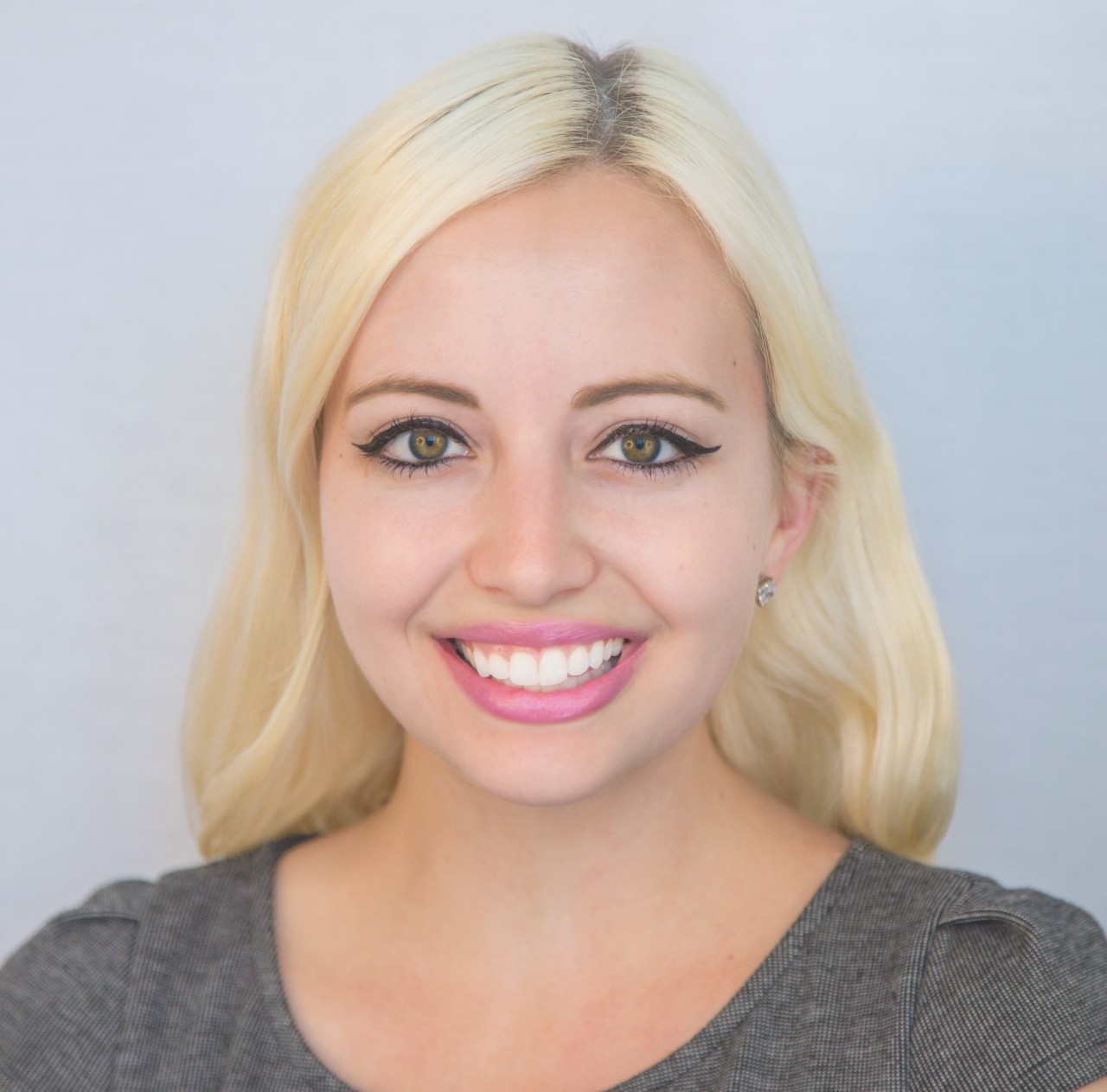
For Brianna Marshall, libraries have been a place of solace since she was nine years old.
“I always felt a natural comfort in my public library,” she says. “And as an avid reader, that access really expanded my worldview growing up in a small town.”
The Wisconsin native pursued her undergraduate degree at the University of Wisconsin-LaCrosse, where she found herself drawn to the library yet again.
“During my first week at college, I remember wondering, ‘How am I going to make the most of my years here?’ I had a very analytical approach; I needed to have it all figured out. It was also my first time leaving home and I was homesick, but I went to the library and felt better. That’s when I said, ‘Huh, what would it take to work in a library? What would that career path look like for me?’ So I did my own research and realized you needed to get a master’s degree. And that was the beginning of how I set my sights on academic libraries as a career path," she says.
Marshall spent her time as an undergraduate student volunteering and gaining work experience with librarians and library staff.
When she decided to attend graduate school, she was able to jump right in. But she wasn’t sure exactly which path she would take.
“In some ways, I never felt like a traditional librarian," she says. "I could see myself working in academia, but I didn't necessarily have to be a librarian; instead, I could be an archivist or a technologist. I was interested in shifting the idea of what a library could be.”
Marshall pursued two master’s degrees: a Master of Library Science (MLS) and a Master of Information Science (MIS) from the Indiana University School of Analytics and Computing. Understanding the technical side of the library—how libraries were leading in technology and emerging research services—was a crucial skillset when Marshall entered the workforce.
Her first position brought her back home to the University of Wisconsin-Madison Libraries, where she led services in the areas of research data management and digital humanities, and supported technical infrastructure such as the systemwide digital repository.
Marshall’s interest in gaining management experience later led her to the University of California, Riverside Library, where she took on the role of director of research services, leading a team that supported a suite of innovative library functions, from a brand-new makerspace to services supporting geospatial information systems, open research and scholarly publishing.
“I was ready to have an adventure," she says. "I led a team who were advancing interesting new types of library services, which really excited me and sparked my creativity and love for this work.”
Her rapid progress in California got her thinking about leadership roles and considering her next move.
And in 2021, the perfect opportunity opened up right here at Northern Kentucky University in the W. Frank Steely Library.
“I became intrigued by the impact I could have in an administrative role, and I chose to apply for the senior associate dean position,” she says. “NKU reminded me so much of my alma mater—a regional comprehensive university really engaged with its community. I could see myself in NKU students.”
When the former dean of Steely Library accepted a job elsewhere, Marshall took the reins as interim dean, a role she held for nearly two years before officially being named permanent dean in July 2025.
For Marshall, it’s important that the library continues to adapt to meet changing user needs, and embraces a spirit of playfulness and experimentation.
“Every day, we balance supporting online learners as well as students who are using our physical building. We prioritize services and spaces for student wellness. We bring positivity and create community. We're always thinking about how we can provide the most impactful library experience for our students,” she says. “The library needs to be a place that reflects our learners. I want our students to feel that strong connection, like, ‘That's my library.’”
During the last two years, Marshall has focused on broadening the number of student programs and student experiences that the library offers. Currently, Steely Library supports undergraduate fellowships, student research awards and a student advisory board. Last year, the library launched a graduate fellowship in Special Collections and University Archives, in partnership with NKU’s Public History program.
Marshall spends much of her time thinking about new ways to make an impact with students and bringing learners back to the library—on campus and online.
And oftentimes that requires her (and her team) getting out of Steely.
“Students may be intimidated by the library, especially our first-year students. We want to get ahead of that—lower the intimidation factor, be welcoming, keep our social media fun and inviting,” she says. “We're not waiting for students to walk in the door. We're going to the Student Union. We're doing tabling across campus. We're showing our friendly faces, and we're bringing resources to them.”
And with the rise of artificial intelligence, library expertise to navigate helping students evaluate sources and learn how to be critical consumers of information is more important than ever. Luckily, Steely Library is up for the challenge.
Marshall loves her role as dean and understands the value of cultivating library champions.
“We are so appreciative of our engaged NKU community. Nobody graduates from NKU without connecting with Steely Library, so we have supported decades of NKU learners. My goal is to showcase the library’s impact, build relationships, and help more people across the NKU community re-engage with Steely Library so that everyone feels that they have an opportunity to help shape our direction and the way that we serve students. We rely on these different perspectives to help us do our job with excellence.”
To learn more about Steely Library’s work during the 2024-25 academic year, Marshall invites readers to review the recently published library impact report.

Editor, NKU in View
Assistant Director, University Communications